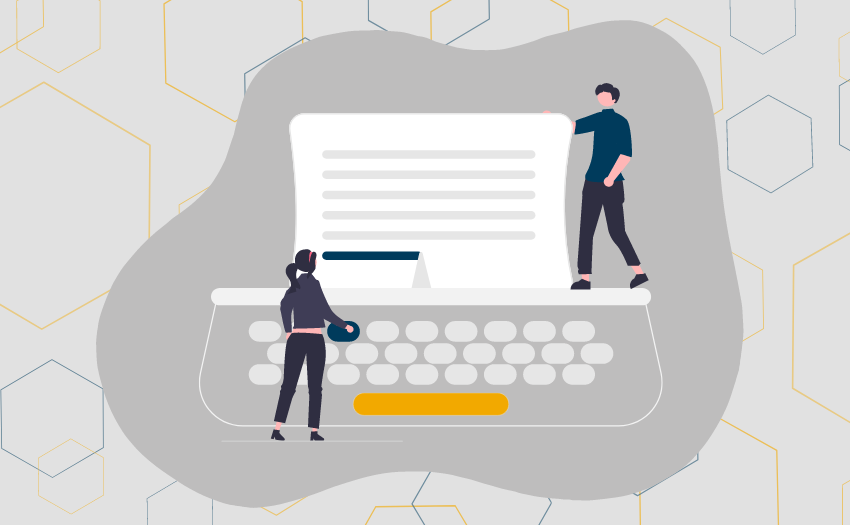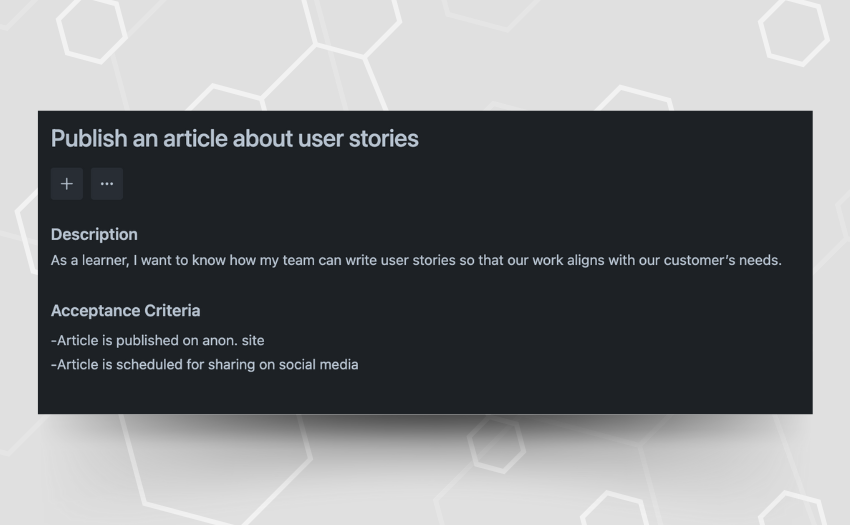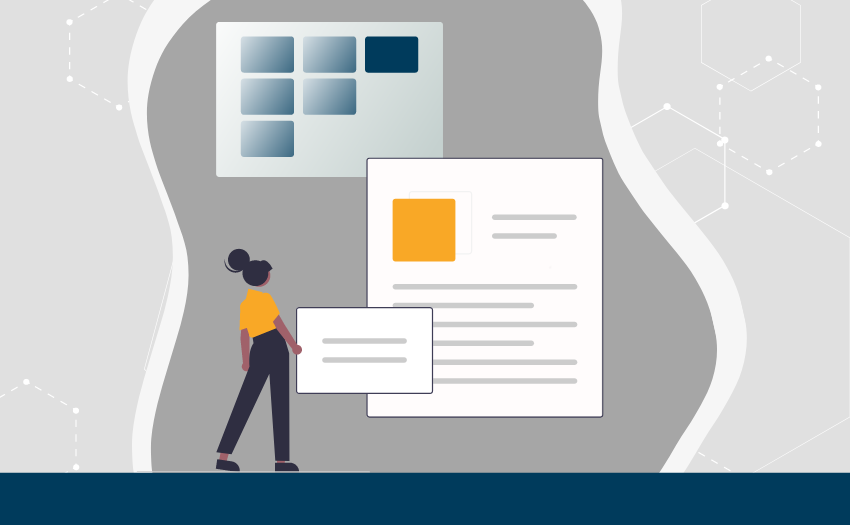User stories are extremely valuable to customer-centric teams, and they aren’t as complicated as they sound. With a little background knowledge, you can begin switching up your general task descriptions for user stories that allow your team to understand the immediate impact of their work.
What is a user story in agile methodology? If you find yourself pondering this question, along with who writes user stories, how, and what you need to know to get started, this article is for you.







